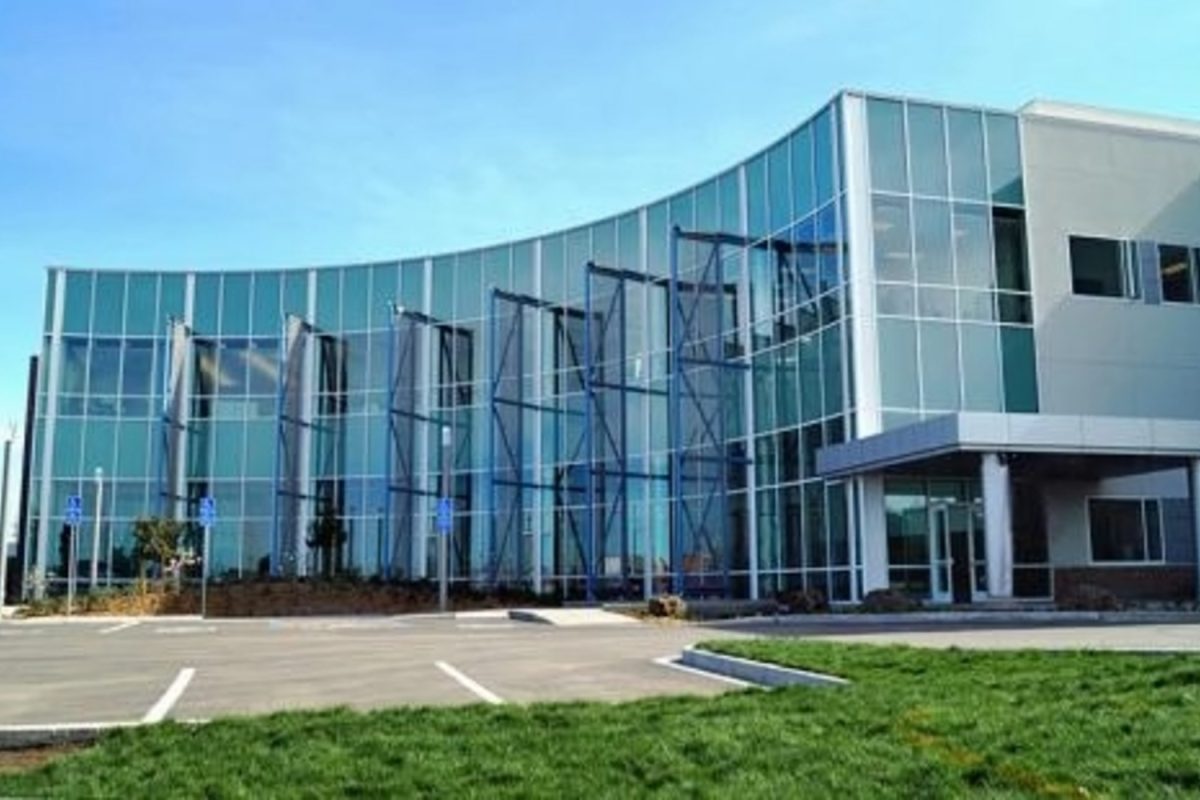After nearly 40 years of silence, the world’s largest active volcano has reawakened.
At approximately 11:30 p.m. on Sunday, Nov. 27, lava began to pour out of Hawaii’s Mauna Loa volcano. Lava spilled out of the Northeast Rift Zone, with flows being fed from two active fissures, according to the US Geological Survey’s (USGS) most recent data.
Fortunately for the residents of Hawaii, the path of the lava flows is not on course for any inhabited zones, and the USGS only issued a warning to be cautious of still-active fissures.
“Right now, the eruption is currently confined to the Northeast Bridgestone, so it’s not actively impacting or at risk of running down into any downslope communities,” said Kadie Bennis, a volcano data researcher.
While no homes are directly in the line of fire, the lava does threaten one of the island’s main highways: Saddle Road.
Saddle Road, or Daniel K. Inouye Highway, is the main route connecting the east and west sides of the island. Lava has been slowly approaching the road, coming within 3.6 miles of it as of Wednesday, Nov. 30.
According to the official USGS website, “There are many variables at play, and both the direction and timing of flow advances are expected to change over periods of hours to days.” The Hawaii Department of Transportation released a statement confirming it is “preparing for the possibility of lava from the Mauna Loa eruption crossing the highway.”
Transportation officials are considering closing the road if the lava continues on its current path. This action would be a major inconvenience for the locals, leaving them no option but to drive around the entire island, which is significantly less time and fuel efficient.
Aside from the transportation concerns, experts are warning of a phenomenon known as vog.
“The only thing they are warning people about is the possibility of something called vog, a kind of volcanic smog. It is a combination of volcanic gasses, mostly sulfur dioxide and water vapor, that could be distributed to the atmosphere,” Bennis said.
Vog poses health and safety concerns, particularly to the respiratory system. According to the USGS, it causes flu-like symptoms and can aggravate existing respiratory issues.
This eruption is the latest in Mauna Loa’s long history of eruptions. Since 1843, Mauna Loa has erupted 33 times, averaging one eruption every five years. However, most eruptions occurred before 1950, with only two in the over seventy-year gap, until now.
Studying past eruptions has led scientists to see and predict trends in the patterns of Mauna Loa’s lava flows, helping combat eruptions.
According to the USGS, Mauna Loa’s conditions tend to create fast-moving lava flows that are typically very dangerous. These flows usually occur in the Northeast Rift – as is the case now, or the Southwest Rift. The USGS Hawaiian Volcano Observatory closely monitors both Rifts’ activity and takes quick action in the event of an eruption.
The current eruption only shows activity in the Northeast Rift, and USGS scientists deem it unlikely that anywhere else on the volcano will erupt.
While the trends are looking good, the eruption is still an extremely volatile situation, and residents of the island still aren’t at ease.
“I have an aunt and uncle on the big island, and they can literally see the lava from their house,” said sophomore Lina Yu.













